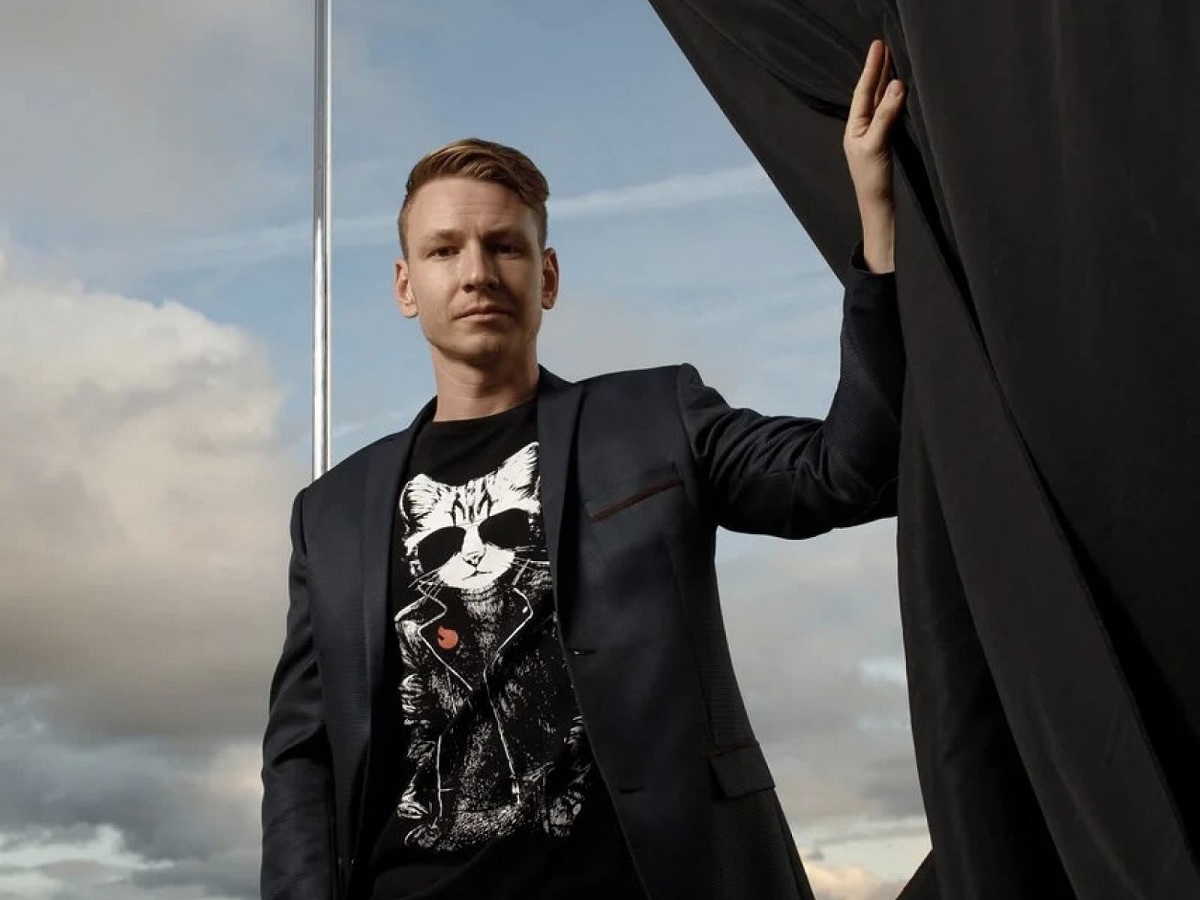Prediction: AI Is Just Getting Started. In 2023, It Will Begin to Power Influencer Content

From privacy concerns to the death of the college essay, there have been many questions and controversies surrounding the use of artificial intelligence (AI) — but that hasn’t stopped it from becoming one of the most consequential technologies of the past year. In 2023, this powerful force will continue to accelerate, and make its way into a sector in which far fewer people are considering its impact: the creator economy.
A New Frontier
For the past few years, AI has been on the rise, with a number of major tech companies undertaking research and development initiatives. In 2023, AI is set to see a massive acceleration in popularity and prevalence.
In fact, its hold on social media is already underway. Just look at Lensa, a generative AI application that allows users to upload 10 to 20 photos of themselves.For $2.99, the app will provide you with 15 completely original AI-generated digital portraits. However, Lensa has quickly gotten into hot water due to concerns over privacy as well as the possibility that the AI is actually “stealing” images from artists. This hasn’t slowed its popularity though; the app is reportedly making more than $1M per day from in-app purchases.
Another example is ChatGPT, a natural language processing chatbot created by OpenAI. Launched in late November, the program already has over one million users. ChatGPT uses a powerful language model to generate human-like responses to user queries. When asked what ChatGPT is capable of writing, the program itself responded, “It is capable of generating a wide range of text, including responses to questions, descriptions of objects or events, and even longer pieces of text such as stories or text.” Users have also reported that it can write scripts, complex Python code and other language-based tasks.
However, ChatGPT, like most other widely available AI-based programs, has its limitations. When asked about the drawbacks of using AI to create content, ChatGPT wrote, “One of the main drawbacks of using AI to create content is that the resulting content may lack originality and creativity. Because AI algorithms are designed to mimic human behavior, they can often produce content that is similar to what a human might create, but they may not be able to come up with truly unique ideas.”
Although, for now, its uses are somewhat limited, ChatGPT has given the public a taste of the potential of these generative AI tools — and they improve each day with more training.
Enhancing the Creative Process
One inevitable application of AI’s potential is in content creation. In 2023, AI will begin to power influencer content in a meaningful way, from concept creation to performance analytics.
Imagine a world where a creator can take care of every aspect of their job using one program — brainstorming concepts, writing scripts, developing production processes, generating photo and video content, editing, analyzing performance and more. While there isn’t yet one program for all these processes, AI can still be used in virtually all avenues of content creation to generate optimized content that resonates with an influencer’s target audience.
One way AI can assist in content creation is by providing data-driven insights. AI can quickly analyze large amounts of data and identify patterns that can be used to inform the content creation process, such as which keywords to target or which topics to write about for maximum impact. Another way AI can assist in content creation is by automating certain tasks associated with content creation such as formatting, spellchecking and keyword optimization. It can even provide automated responses to comments and messages, helping influencers stay engaged with their audience. It’s easy to see how every corner of content creation can be impacted by AI.
The Future of the Creator
Burnout is one of the biggest issues in the creator economy, and it’s one that sees a solution on the horizon as consumer-facing AI programs become more prevalent. Imagine inputting one prompt and having an AI program take care of the rest. Not only could this maximize an influencer’s potential for growth, but it can also reduce headcount for larger teams and even spawn an entirely new brand of creator.
Virtual influencers like Lil Miquela are already racking up millions of followers, even though they’re not real people. These CGI influencers are computer-generated characters that have the look, personality and tone of a real human, but they’re powered by a tech team behind the scenes. In the near future, these virtual influencers could operate autonomously as AI-generated “people,” or we may begin to see a hybrid version of this concept with real influencers using AI tools to create content featuring a look, location or action they wouldn’t otherwise be able to achieve.
AI can be used to automate and improve a number of content creation processes, with enormous potential for disrupting and enhancing the creator economy. In 2023, these tools will advance even more becoming capable of helping influencers quickly and easily create high-quality, engaging content that resonates with their target audience.
